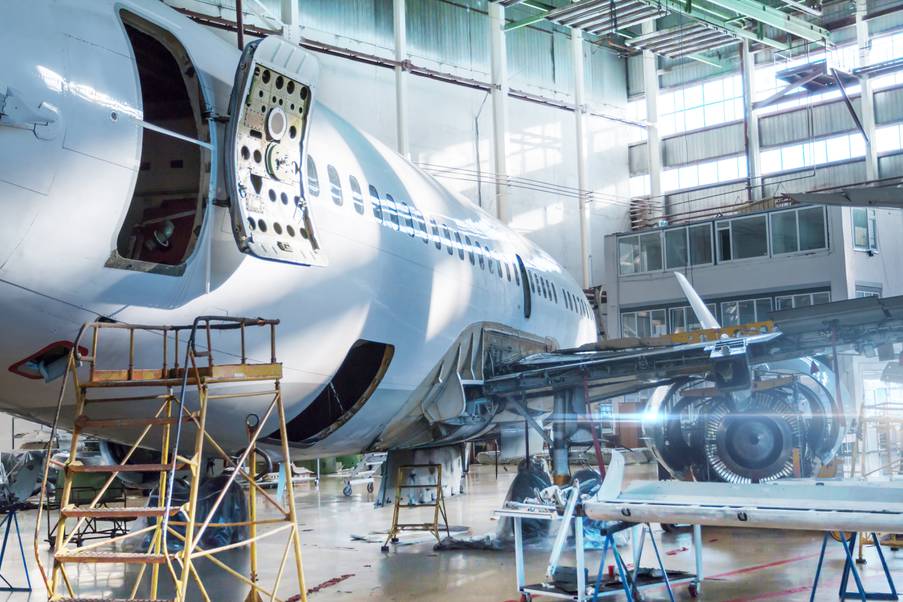Over the years, different types of lasers have established themselves thanks to their versatility. Apart from technical differences in construction, the particularity of each laser lies in the propagation medium used to emit energy and the resulting wavelength.
The most common are gas lasers (such as the CO2 laser), semiconductor lasers, fibre optic lasers and solid-state lasers. Depending on the medium used, the laser generates a beam at a different wavelength. The lasers manufactured so far cover the entire electromagnetic spectrum.
Why the laser wavelength is key
The wavelength is crucial in determining the possible uses of a laser. From it depends the kind of interactions between the laser and the material. Each material responds differently to a certain wavelength. Some materials, like acrylic, can absorb in the near IR or be transparent in the far IR. The optimum balance is achieved when most of the energy generated by the laser is absorbed by the material, allowing efficient processing.
Based on what we have said, it is impossible to establish an optimal wavelength. The choice depends on the characteristics of the material to be processed.
However, it is possible to give general indications. It has been demonstrated that some lasers have a wavelength which makes them suitable for a wide range of applications.
The wavelength of CO2 laser
The CO2 laser in particular has a wavelength of 10.6 micrometres, which is in the far-infrared region. This length is absorbed very well by all materials containing carbon. Wood, paper, plastic polymers, organic materials, natural and synthetic fabrics respond perfectly to CO2 laser radiation.
What’s your need?
Certainly, of all lasers, the carbon dioxide laser has proved to have the greatest versatility and has therefore established itself as the main choice for the laser processing of materials. Contact us for more information!




